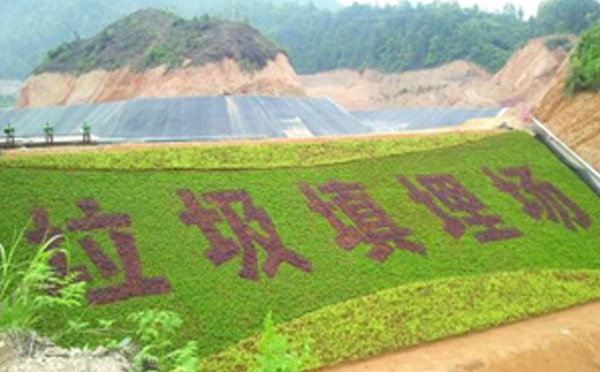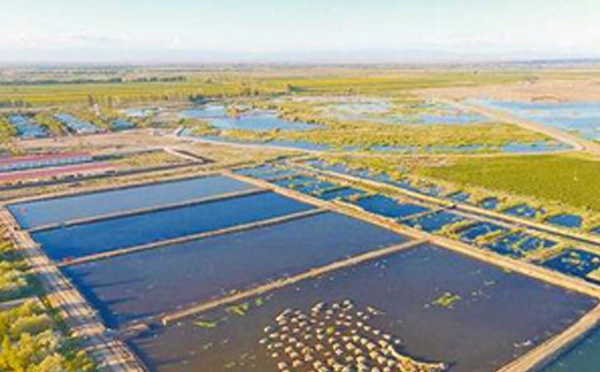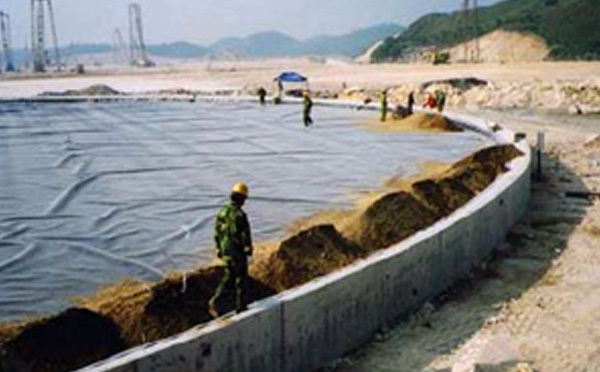Smooth HDPE Geomembranes
Classification :
PRODUCT DETAILS
Purpose of action
Environmental protection engineering: landfill, sewage treatment plant, chemical wastewater pond, power plant regulating pond, industrial/medical waste landfill, ash field, evaporation pond seepage control.
Petrochemical: petrochemical refinery tanks, oil well sludge ponds, chemical reaction ponds, sedimentation ponds, tailings dams, bottom lining, secondary lining seepage control. Secondary lining seepage control.
Chemical and mining industry: the bottom lining seepage control of ash field, red mud pile, heap leaching pool, dissolving pool, sedimentation pool, tailings dam.
Aquaculture: lining of aquaculture ponds, fish ponds, shrimp ponds, seepage control of sea cucumber rings and slopes.
Construction engineering: subway, underground garage, roof garden, sewage pipe, seepage control of dredging culvert.
Agriculture, forestry and animal husbandry: seepage control of reservoirs, cisterns, drinking water pools and irrigation systems.
Salt chemical industry: seepage control of salt crystallization ponds, brine ponds and salt membranes.
哦
Construction technology
Geomembrane paving is completed, should minimize walking on the membrane surface, moving tools, etc., where the geomembrane can cause harm to the object, should not be placed on the membrane or carry walking on the membrane, so as not to cause accidental damage to the membrane. When laying geomembrane, we should strive to weld less, under the premise of ensuring the quality of welding, and try to save raw materials. The lap width of the joints between the membrane and the membrane is generally not less than 10cm, and the weld seams are usually arranged parallel to the larger slope, i.e. along the direction of the slope.
Technical indicators
Ordinary high-density polyethylene geomembrane (GB/T 17643 2011 GH-1 type technical indicators)
Environmental protection high-density polyethylene geomembrane "GB/T 17643-2011 GH-2S type technical indexes
Glossy HDPE geomembrane for landfill "CJ/T 234-2006 Technical Specification" (equivalent to US GRI-GM13 standard)
光面土工膜
Smooth HDPE Geomembranes
PROJECT CASES

Landfill

Agriculture/Aquaculture

Artificial lake/wetland park

Chemical/Solid and Hazardous Waste Containment

Refinery/tank containment

Conditioning tanks/biogas digesters
TESTING EQUIPMENT

Testing Equipment8

Testing Equipment7

Testing Equipment6

Testing Equipment5

Testing Equipment4

Testing Equipment3

Testing Equipment2

Testing Equipment
FAQ
What is the application of geomembrane in road construction?
Geomembrane price how much is a square meter?
What is the difference between HDPE and LLDPE geomembrane?
RELATED PRODUCTS
GET A FREE QUOTE



